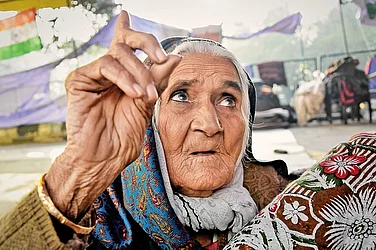In the years leading up to Indian independence, the battles of nat-ionalism were played out not only through political agitation, but, in retrospect, also on canvases. Indian art at the time, moving bet-ween aping western idioms and techniques, appropriating and reworking them, and strongly repudiating them, are now a fertile ground for discour-ses on nationalism and colonialism. A whole generation of artists who were shaped by that moment in time, soon after independence in 1947, are seen today as representatives of Indian art the world over.
Their Only Calling
In the years leading up to Indian independence, the battles of nat-ionalism were played out not only through political agitation, but also on canvases.

Some of the first Indian artists to be recognised and acknowledged by the international art community, artists such as those belonging to the Calcutta Group, the Baroda Group or the Progressive Artists’ group established new modes of expression to reflect their times, therein beginning a new chapter in Indian art. Their art is now considered foundational to an understanding of ‘Indian fine art’ as a category that is both indigenous and yet universal. I have had the good fortune to have personally known many of these stalwarts.
My relationships with these artists did extend beyond the purview of art in many cases, but in the realm of the arts I am indebted to them. They not only took me under their wing, patiently bearing with someone as young and unschooled like me, but also had the humility to insist that I go look at other contemporary artists. Their ardour for art constantly demanded explanations of my choices—forcing me to interpret and articulate my responses.
The pursuit of art—not only in creation, but also appreciation—is a subjective enterprise. Although the latter may in many ways be instinctive, the truth is that one does have to learn to understand its language to look at art, in the same way one must learn Urdu in order to actually read Ghalib. Fortunately for me, and my role as a collector, the people who taught me to look at art, understand it and appreciate it, were these very artists, for whom art was more than a passion; for whom art was not what they did, but who they were.
(Abhishek Poddar is a collector and runs Museum of Art and Photography)















